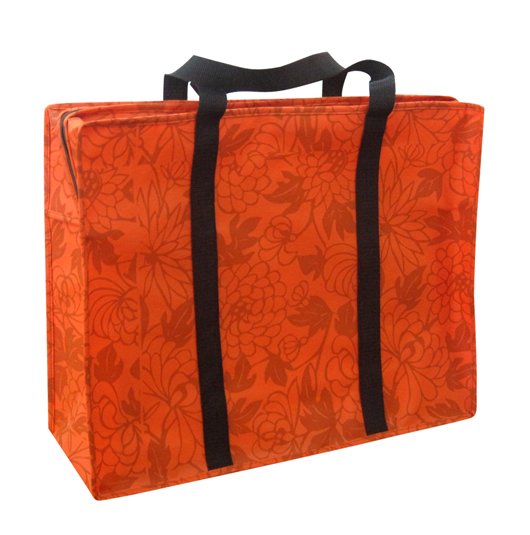In the global quest for sustainability, non-woven bags have emerged as popular alternatives to traditional plastic bags. Praised for their eco-friendly properties and reusable nature, non-woven bags have gained significant traction in various industries and consumer markets. However, questions persist about their durability, particularly regarding their ability to withstand heavy loads. This article dives into the properties of non-woven bags, looks at their ability to handle hefty loads, and considers their larger implications for sustainability.
Understanding Non-Woven Bags
Non-woven bags are manufactured using a process that does not involve weaving. Instead, fibers are bonded together through heat, chemicals, or mechanical processes. This results in a fabric-like material that is durable, lightweight, and cost-effective. Non-woven bags are often constructed of polypropylene, a thermoplastic polymer recognized for its resilience and resistance to wear and tear.
Assessing Durability
One of the primary concerns regarding non-woven bags is their durability, especially when subjected to heavy loads. While non-woven bags are generally strong and resilient, their capacity to carry heavy items depends on various factors, including the thickness of the material, the quality of the stitching, and the design of the bag. Thicker non-woven bags with reinforced handles and seams may withstand higher weights than thinner, less durable versions.
.jpg)
Factors Influencing Load Capacity
Several factors influence the load capacity of non-woven bags:
Material Composition: The composition of the non-woven material significantly influences its load-bearing capacity. Non-woven bags are commonly made from polypropylene, but variations in material composition, such as the addition of reinforcing fibers or coatings, can enhance strength and durability. Bags constructed from laminated non-woven material, which consists of many layers linked together, have higher tear resistance and load-bearing capability than single-layer bags.
Fabric Density: The density of the non-woven fabric, measured in grams per square meter (GSM), is another critical factor affecting load capacity. A higher GSM implies that the material is denser and more durable, able to handle bigger weights. Thicker non-woven materials give more structural stability and are less likely to break or strain under pressure.
Bonding Technique: Non-woven fabrics are produced using various bonding techniques, including thermal bonding, chemical bonding, and mechanical bonding. The bonding process utilized influences the fabric's strength and integrity, and hence its load-bearing capability. For example, thermally bonded non-woven fabrics are often more durable and resistant to tearing than chemically bonded counterparts due to the stronger bonds formed between the fibers.

Seam Construction: The construction of seams and handles plays a crucial role in determining the load capacity of non-woven bags. Well-constructed seams distribute weight evenly across the bag and prevent stress concentrations that could lead to tearing or failure. Reinforced stitching techniques, such as double stitching or bar tacking, strengthen critical stress points and improve overall durability. Similarly, handles strengthened with extra layers of cloth or reinforced stitching can sustain higher weights and lessen the chance of handle failure while transporting big objects.
Design Features: The design of the non-woven bag, including its size, shape, and structural elements, directly impacts its load-bearing capacity. Bags with larger surface areas and wider bases can accommodate more substantial items and distribute weight more evenly, reducing the strain on individual seams and handles. Gussets or inflatable sides can enhance the volume and capacity of a bag while maintaining stability and structural integrity. Reinforced corners or bottom panels can also give extra support and resistance to drooping or distortion when loaded.

Sustainability Considerations
In addition to durability, non-woven bags are often favored for their eco-friendly properties. Unlike single-use plastic bags, which contribute to environmental pollution, non-woven bags can be reused multiple times, reducing the demand for disposable alternatives. Furthermore, many non-woven bags are recyclable and may be reused into new items at the end of their useful life, reducing waste and saving resources.
Conclusion
Non-woven bags are versatile, eco-friendly alternatives to traditional plastic bags, but questions remain about their ability to withstand heavy loads. Neway is a professional non woven bag supplier, providing high-quality non woven bags to fit different applications. Don't hesitate to contact us for more product details now!

